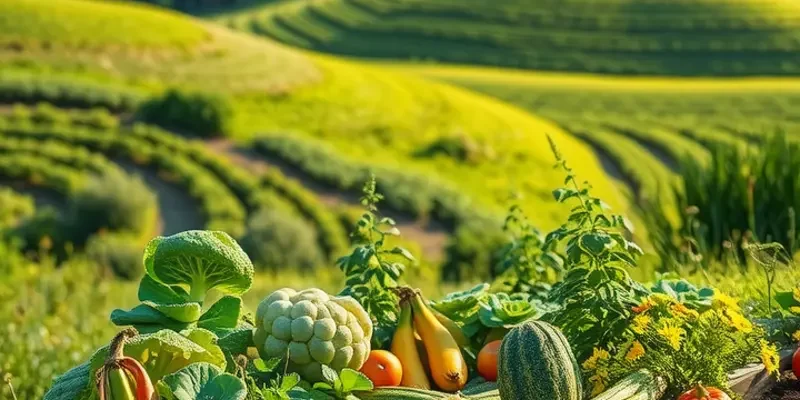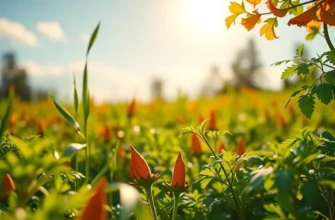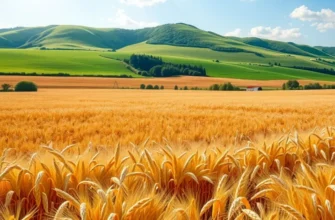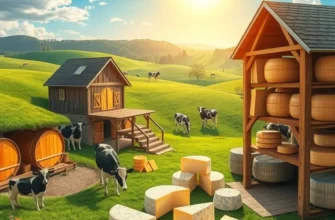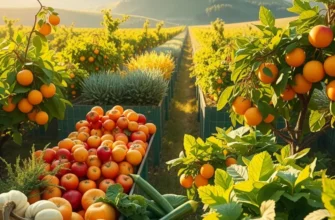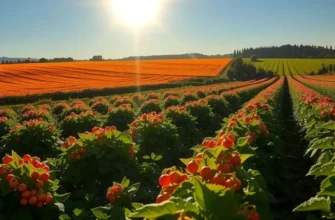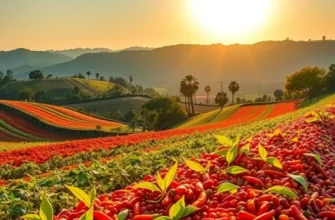Cheese, often regarded as a quintessential delicacy, transcends mere nourishment. It is a tapestry interwoven with the histories, climates, and traditions of the regions from which it hails. Each cheese variety carries a unique story, shaped by local ingredients and artisanal techniques. Let’s embark on an exploration of cheese cultures worldwide, where flavor meets tradition, and authenticity reigns supreme.
From France to Italy: The Heritage of European Cheeses
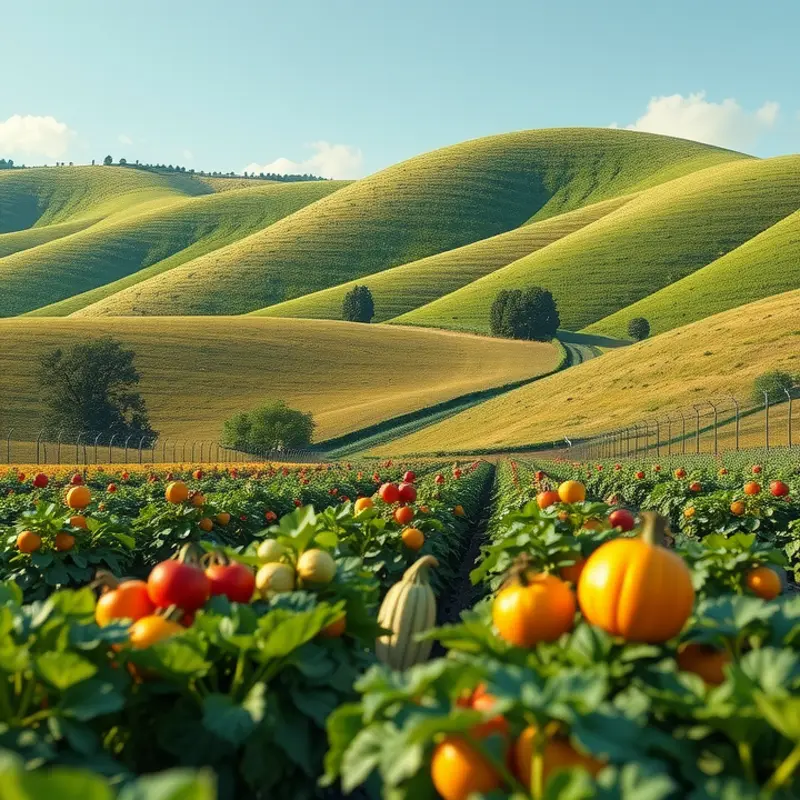
Europe’s cheese landscape is a testament to its rich cultural and geographical diversity. France and Italy lead the way with their storied cheese-making traditions, but many nations contribute unique flavors to this continent-wide mosaic.
In France, cheese is revered not just as a food, but as an expression of terroir. The geography, climate, and dedication of French artisans have fostered the creation of over 1,000 distinct cheeses. Camembert, with its creamy texture and earthy flavor, epitomizes the Normandy region’s lush, grassy landscapes. Meanwhile, the Auvergne’s volcanic terrain imparts the caves of Roquefort with the perfect conditions for developing its characteristic blue veins, resulting in a cheese that is both tangy and creamy.
Italy’s cheese-making tradition is equally profound, rooted in ancient customs and regional pride. Parmigiano-Reggiano, often hailed as the “King of Cheeses,” is meticulously crafted in the provinces of Parma, Reggio Emilia, Modena, and parts of Bologna and Mantua. Its nutty, crystalline texture develops through years of aging, reflecting the dedication of its makers and the pastoral harmony of the region.
Beyond France and Italy, Europe’s cheese palate extends across verdant hills and fertile valleys. Swiss cheese, like Gruyère, owes its nutty, sweet flavor to the high-altitude pastures of the Alps. In the UK, the crumbly, sharp taste of Stilton reflects the limestone plateaus of Derbyshire and Nottinghamshire.
Protected Designation of Origin (PDO) is a critical EU regulation helping preserve these regional gems. By safeguarding the name and production methods, PDO ensures that when you taste Brie de Meaux or Gorgonzola, you’re experiencing an authentic product steeped in tradition.
Pairings elevate these cheeses to new heights and can be as diverse as the cheeses themselves. Partner Camembert with a crisp Normandy cider to complement its earthiness, or savor Parmigiano-Reggiano with a drop of aged balsamic vinegar to enhance its umami richness.
For those keen to explore the practicalities of incorporating these cheeses into everyday dishes, consider exploring practical ingredient batching as a method to make cheese a staple in your culinary rota. Each cheese tells a story of its homeland, offering a delicious lesson in European cultural history through every bite.
Beyond Borders: Unconventional Cheeses from Around the Globe
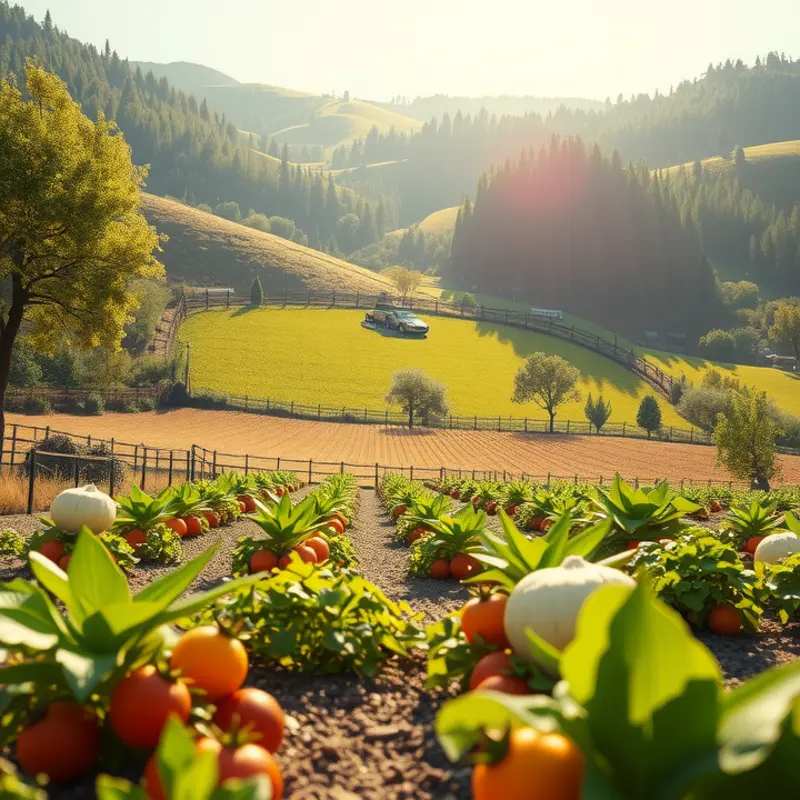
In the vast and varied landscape of global cheesemaking, familiar names like Gouda, Cheddar, and Brie often dominate the conversation. However, the world is dotted with unique cheeses that not only tantalize the palate but also reflect the rich cultural tapestries of regions far beyond Europe’s rolling hills. This exploration takes us to Asia, Africa, and Latin America, where distinct cheeses such as India’s Paneer, Mexico’s Cotija, and Ethiopia’s Ayib play essential roles in their respective cuisines.
In India, paneer holds a place as both a staple and a delicacy. This fresh cheese, made by curdling hot milk with an acid such as lemon juice or vinegar, embodies simplicity and versatility. Revered for its texture, paneer is incorporated into curries, grilled as kebabs, and even added to sweets. It serves as a crucial protein source, particularly in vegetarian diets, illustrating the innovation born out of resourceful culinary practices. The neutral taste makes it an ideal canvas for a variety of spices, reflecting India’s vibrant approach to flavor.
Moving to Latin America, the story of cotija cheese reflects a colorful interplay of tradition and flavor. Originating from the town of the same name in Mexico, this sharp, crumbly cheese is made from cow’s milk and holds a reputation as Mexico’s answer to Parmesan. The salty, tangy bite of cotija enhances tacos, elotes, and many other Mexican dishes. Its production involves a process where the curds are hand-pressed and aged, a practice passed down through generations. Here, cheese is a testament to the local landscape — the milk, a product of cattle raised on the region’s rugged terrain.
Ethiopia presents an entirely different take with Ayib, a soft cheese central to its cultural and culinary practices. Much like cottage cheese, ayib is unripened and possesses a mild flavor. What makes ayib unique is not just its taste but its role in Ethiopian cuisine, typically served alongside spicy stews and injera. This pairing assists in balancing the heat and richness of traditional dishes, reinforcing the concept of harmony on the plate. Making ayib involves straining the whey from fermented buttermilk, linking everyday cooking with the broader aspects of sustainability and resourcefulness.
Cheese, in these regions, tells stories of adaptation and survival, of how communities have transformed local resources into culinary art forms. These cheeses are not just food items; they are markers of identity, embodying history and tradition with every bite. While they offer incredible flavors, they also invite us into a deeper understanding of global cultures. As we celebrate their uniqueness, we simultaneously recognize the foundational role cheese plays in human diets worldwide.
Incorporating these cheeses into more contemporary meals can be a delightful challenge. Drawing on resources such as easy plant-based eating can provide strategies for embracing global ingredients in everyday cooking, which may inspire further culinary adventures grounded in respect and appreciation for these rich traditions.
Final words
Cheese connects us to the roots of culture, history, and culinary arts. From the lush green pastures of France to the spicy street markets of India, cheese not only delights our palate but tells a story as rich as its flavor. By embracing the unique cultures around cheese-making, we understand and appreciate the complexity and passion behind this beloved food. As you continue exploring these global cheese cultures, consider the local traditions and artistry that make each bite a unique experience. Treat yourself to a cheese platter featuring selections from around the world, and embark on a culinary journey of your own.

